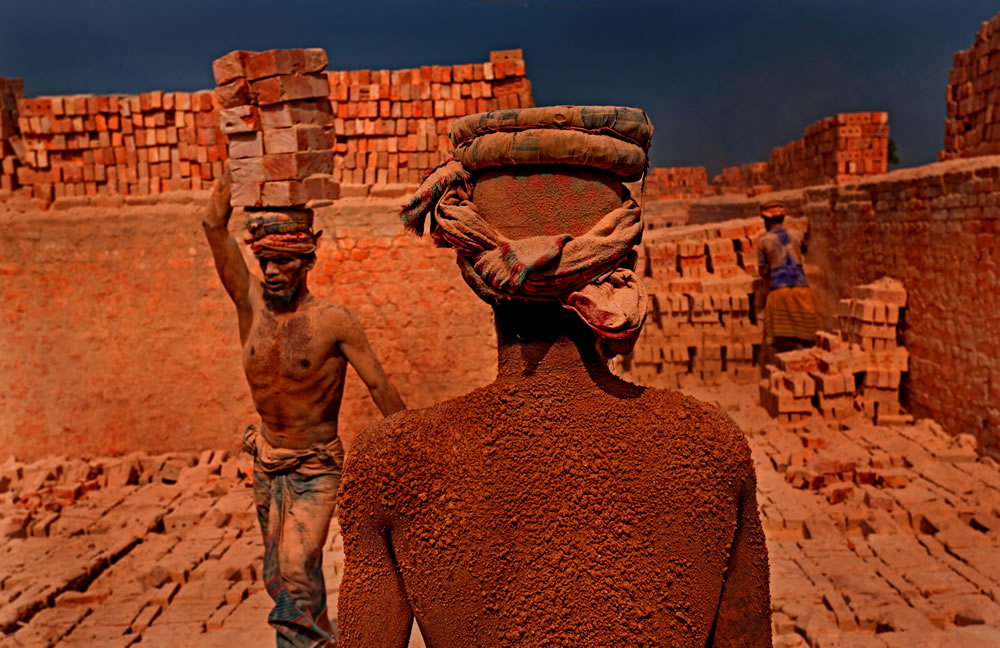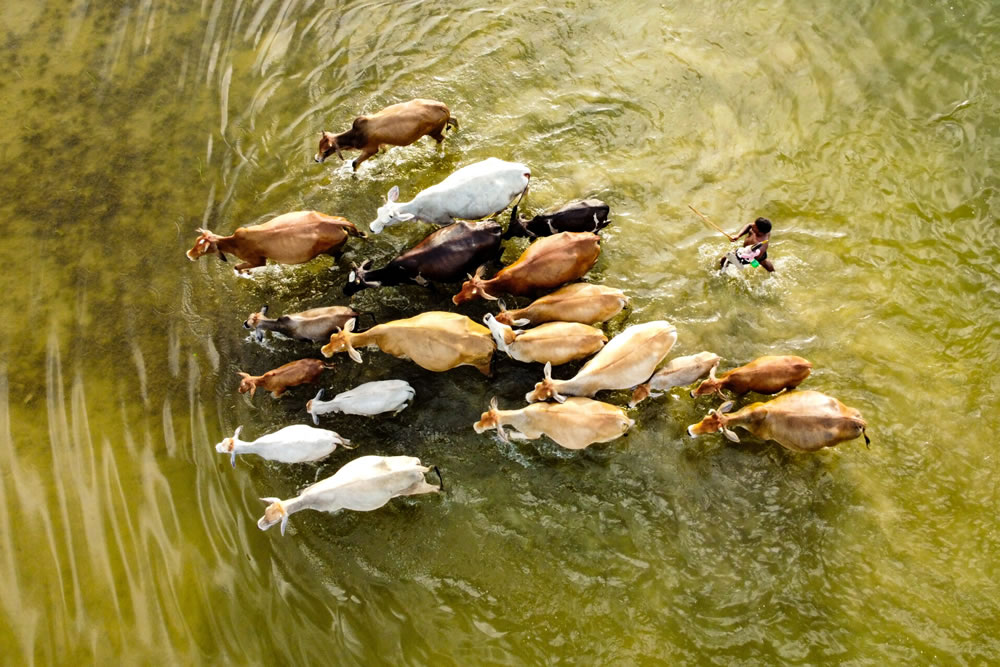The heartwarming winning photos of the Environmental Photographer of the Year 2023 (EPOTY) photo contest have been revealed, featuring two distinguished titles and four additional category champions.
In its 16th edition, this competition, initiated by CIWEM and WaterBear and sponsored by Nikon, MPB, and Arup, drew submissions from both amateur and professional photographers across approximately 160 nations.
The EPOTY reports, “This year’s six awardees hail primarily from climate-vulnerable nations such as Bangladesh, India, and Argentina. These photographers on the frontline employ their images as a catalyst for climate action and consciousness-raising.”
Maurizio di Pietro, an accomplished Italian photographer, secured the top honor this year with a captivating image capturing an innovative insect food experiment conducted at the University of Turin. Led by Professor Laura Gasco, the experiment evaluates the impact of incorporating insect flour into the diets of rainbow trout and chickens, aiming to determine its potential as a nutritional source, particularly amid growing concerns about food scarcity and an expanding global population.
Scroll down and inspire yourself. You can check their website for more information.
You can find more info about EPOTY:
#1. Environmental Photographer of the Year: “Black Soldier Fly Farming (I)” by Maurizio di Pietro
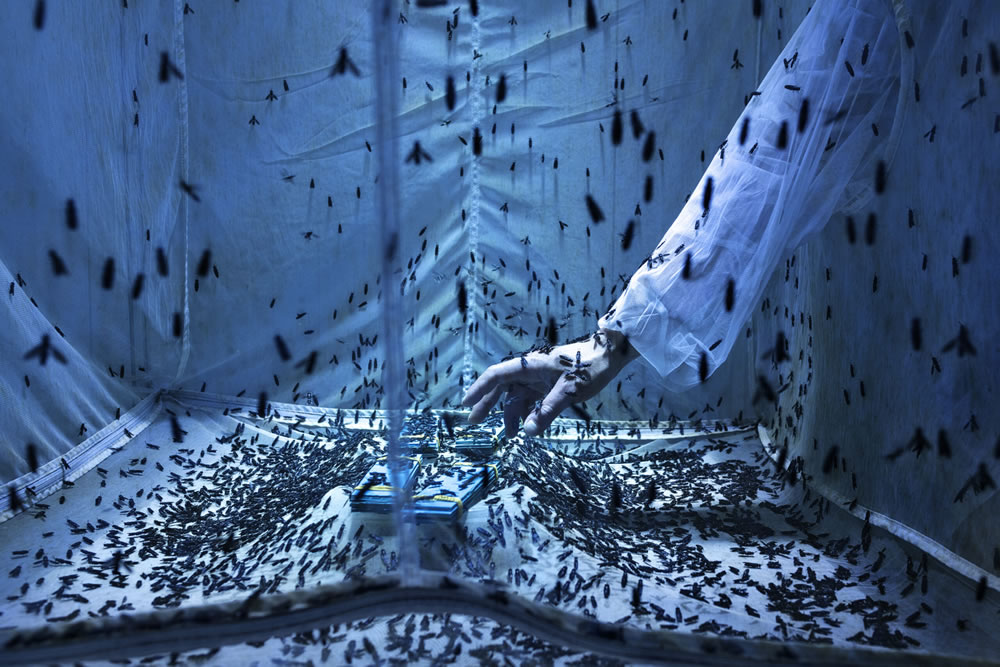
Insects may be a solution to food shortages. They are rich in high-quality proteins and have a minimal environmental impact, both in terms of greenhouse gases as well as water and soil consumption. Researchers are promoting the use of these insects as human food or as feed for fish, poultry, and pigs. Professor Laura Gasco at the University of Turin breeds Hermetia illucens. She assesses the effects of incorporating this insect’s meal into the diets of rainbow trout and poultry. Hermetia illucens is commonly known as the Black Soldier Fly (BSF).
#2. Nikon Young Environmental Photographer of the Year: “Flood-Affected Area” by Solayman Hossain
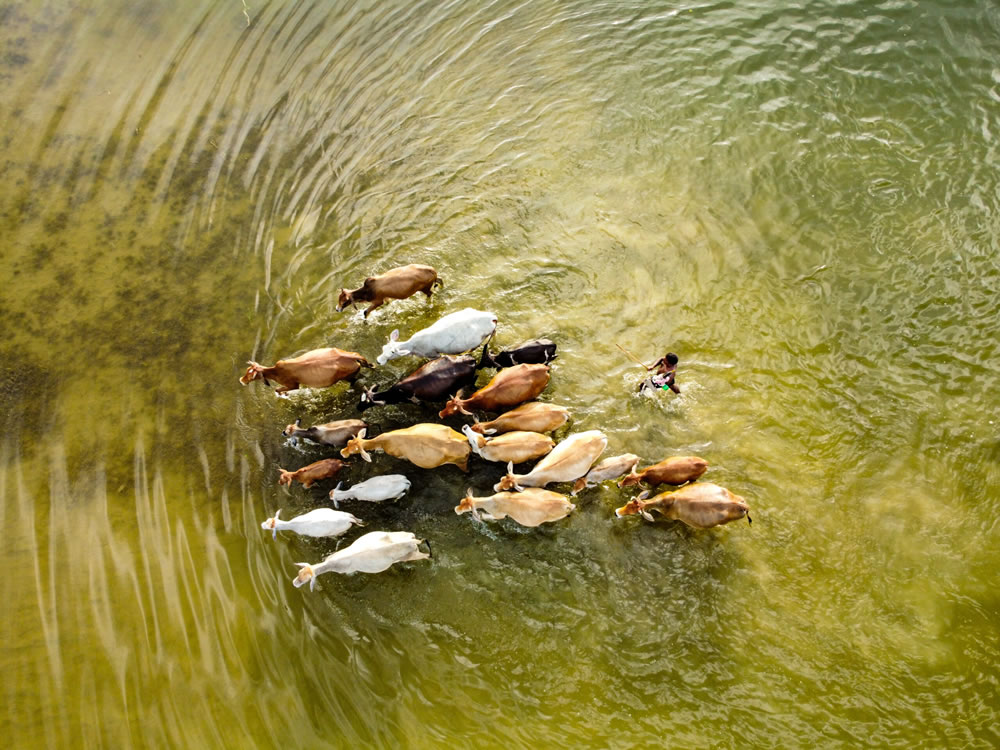
Kushtia, Bangladesh – The river is densely settled with people and their cattle. During the monsoon season when the river floods, it becomes difficult to find food for the animals. The animals and their keeper have to swim across submerged roads to find food.
#3. Recovering Nature Category Winner: “Corals at Night” by Nicolas Marin Benitez
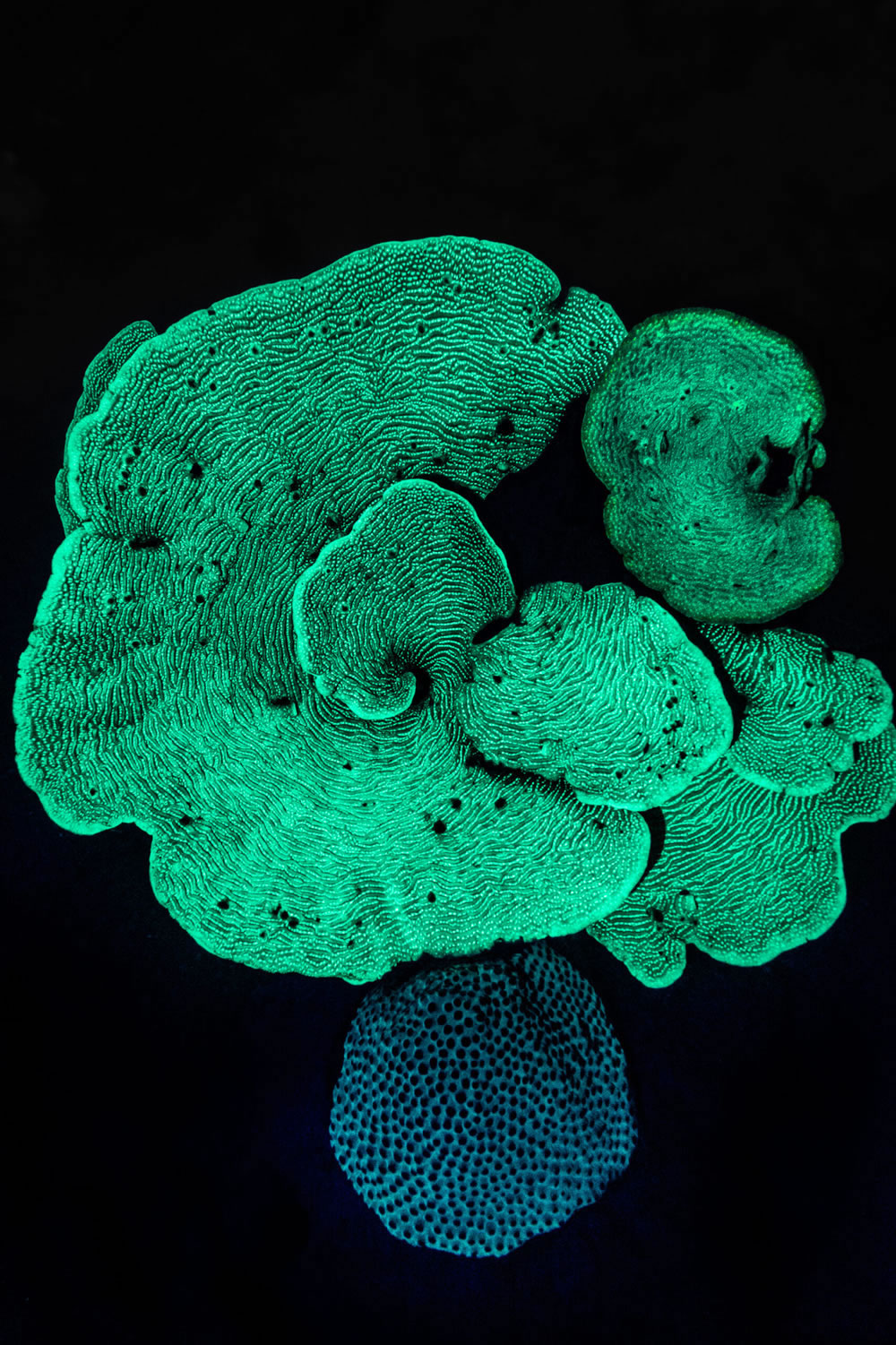
Aruba – A nocturnal coral reef comes to life. Using a long-exposure technique akin to starry night photography and an ultraviolet light source, the colours of the reef are reinvigorated, casting a natural, shimmering glow in the dark.
#4. Adapting for Tomorrow Category Winner: “Intruder” by Anirban Dutta
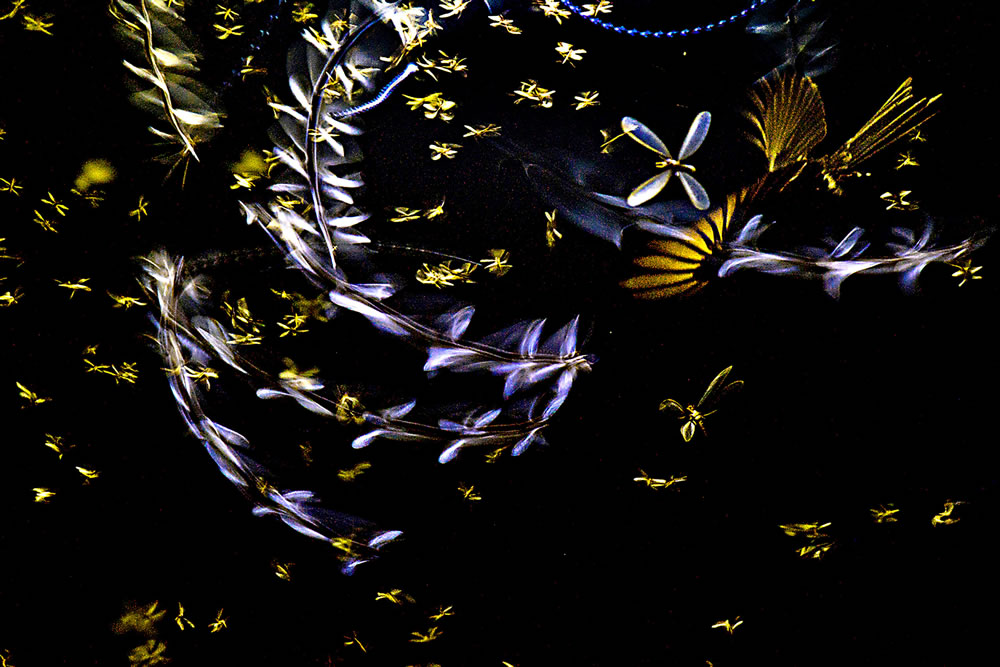
Cooch Behar, India – Before the start of monsoon, some species of termites fly in swarms in the late afternoon and early evening. The rare thing about this scene is the black drongo bird, catching the termites very easily and eating them. This may mean that the drongo doesn’t have sufficient food in the wild and they have to come into an urban area for food. This is an in-camera multiple exposure and long exposure image combining three photos. One photo is of the drongo under the street light (the yellow feathers). One is of the termites frozen in high shutter speed (also yellow). The last one was taken in balance mode to create the blueish tone. The camera merged these three images into one.
#5. Keeping 1.5 Alive Category Winner: “Survival of Buffaloes in Drought” by Md Shafiul Islam
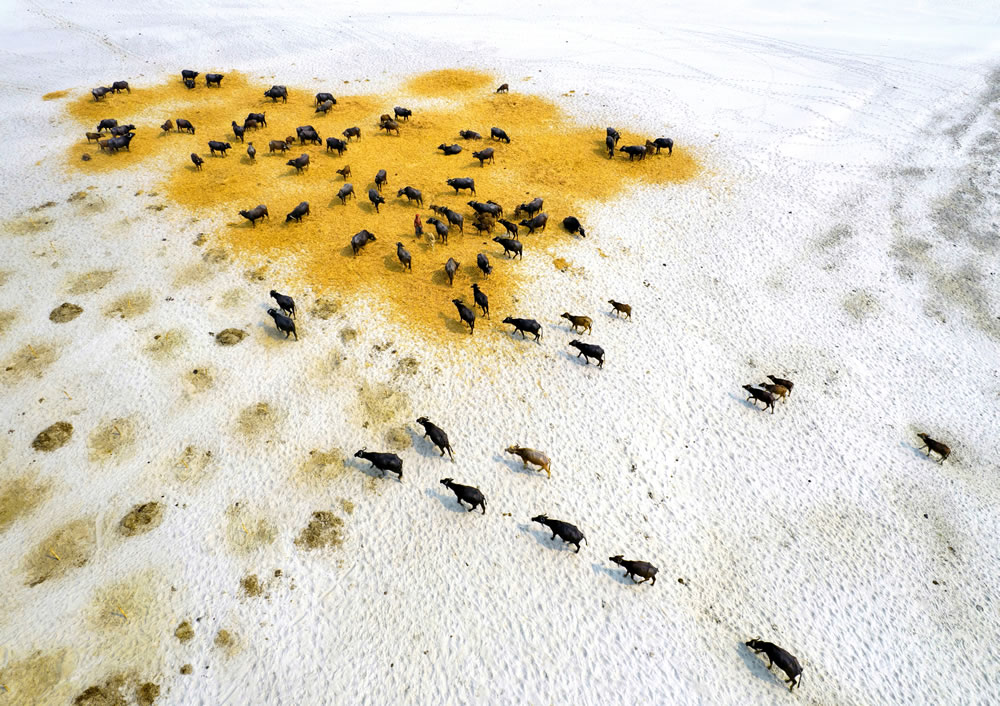
Gaibandha, Bangladesh – Herdsmen in the northern part of Bangladesh raise buffaloes in the grasslands of the river, but these districts have been experiencing prolonged drought for the past years. As a result, there is a shortage of food and water for the buffaloes, so the herdsmen feed them with dry hay instead of grass.
#6. MPB Vision of the Future Category Winner: “Walk Through Trash” by Jahid Apu
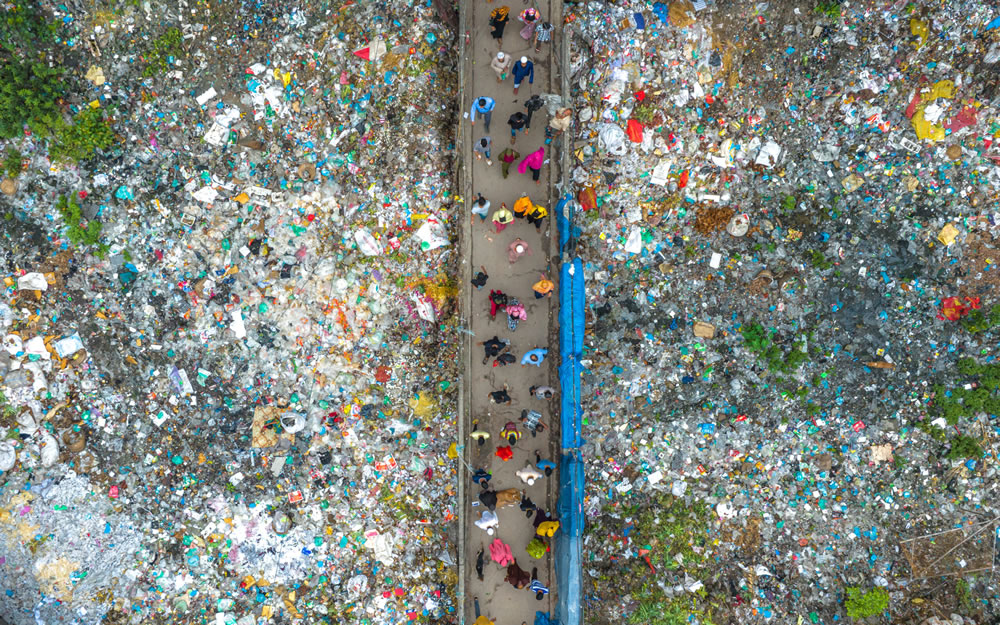
Dhaka, Bangladesh – Bangladesh is one of the top plastic-polluted countries due to mismanagement of plastic waste. About 646 tons of plastic waste is collected daily in Dhaka, which is 10% of all waste generated in Bangladesh. On an annual basis, this includes 87,000 tons of single-use plastics. Only 37% of the plastic waste in Dhaka is recycled.
#7. Finalist: Behind The Taj, Hoang Long Ly | Agra, India
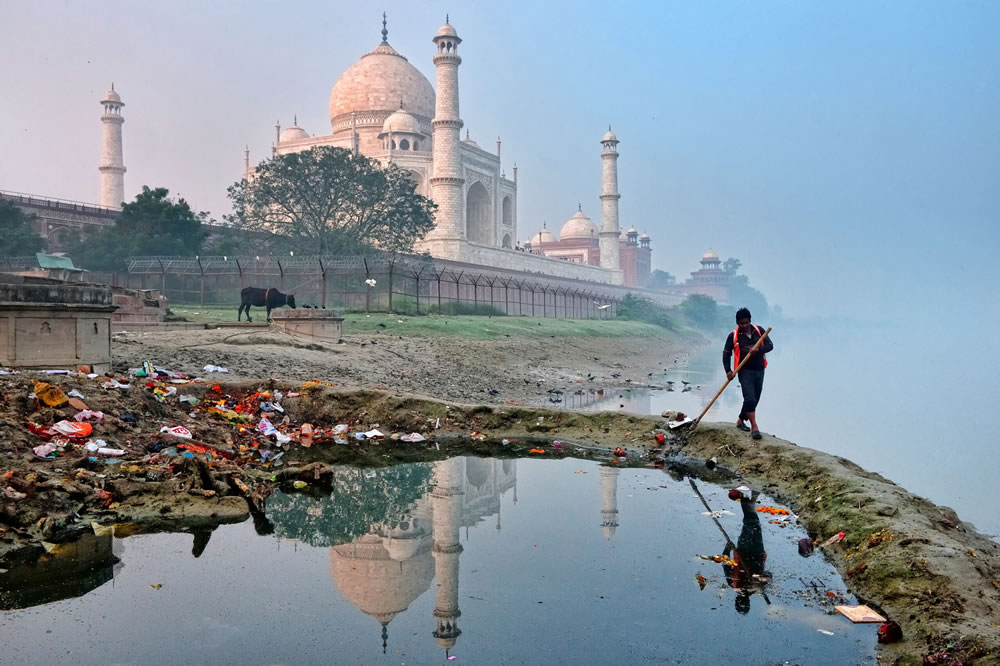
#8. Finalist: A Dying River, Md Asker Ibne Firoz | Rajshahi, Bangladesh
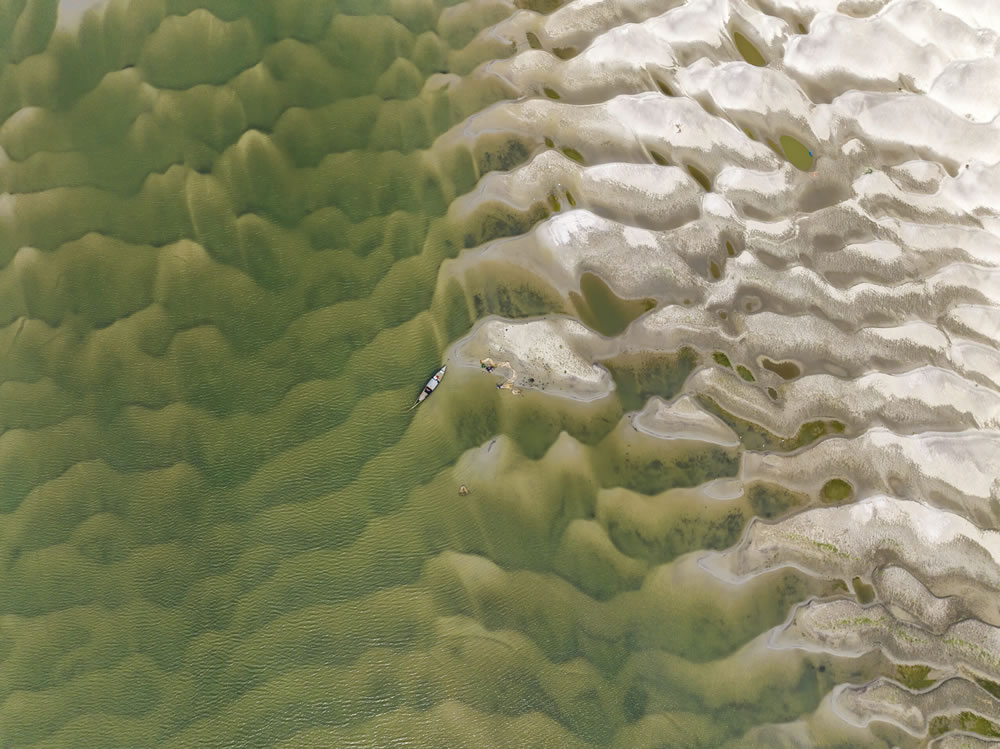
#9. Finalist: Beyond The World, Aniruddha Pal | West Bengal, India
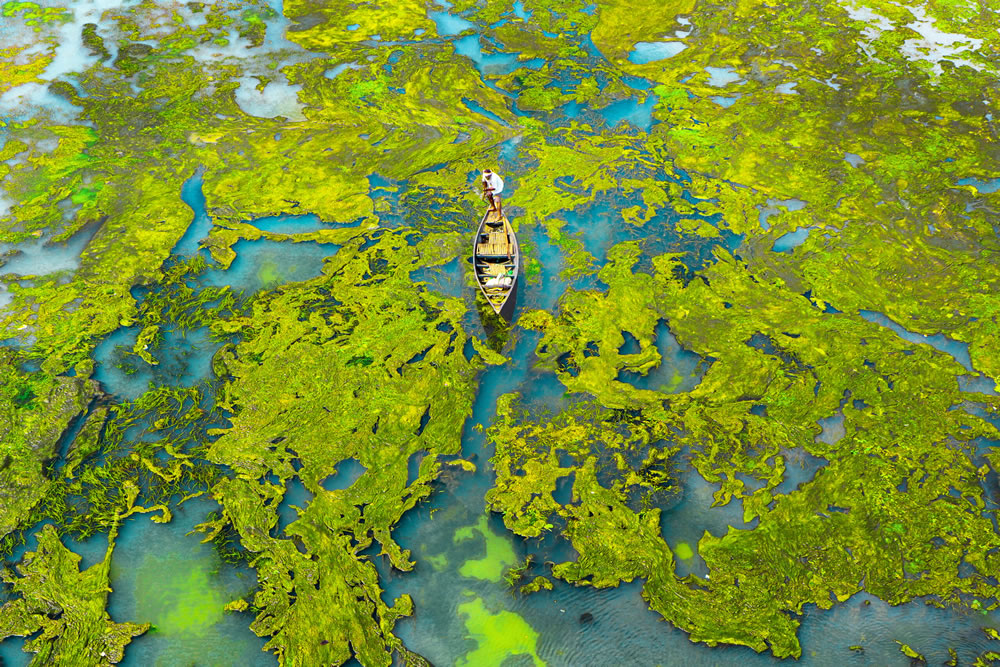
#10. Finalist: Guardian Of The Reef, Bambang Wirawan | Alor, Indonesia
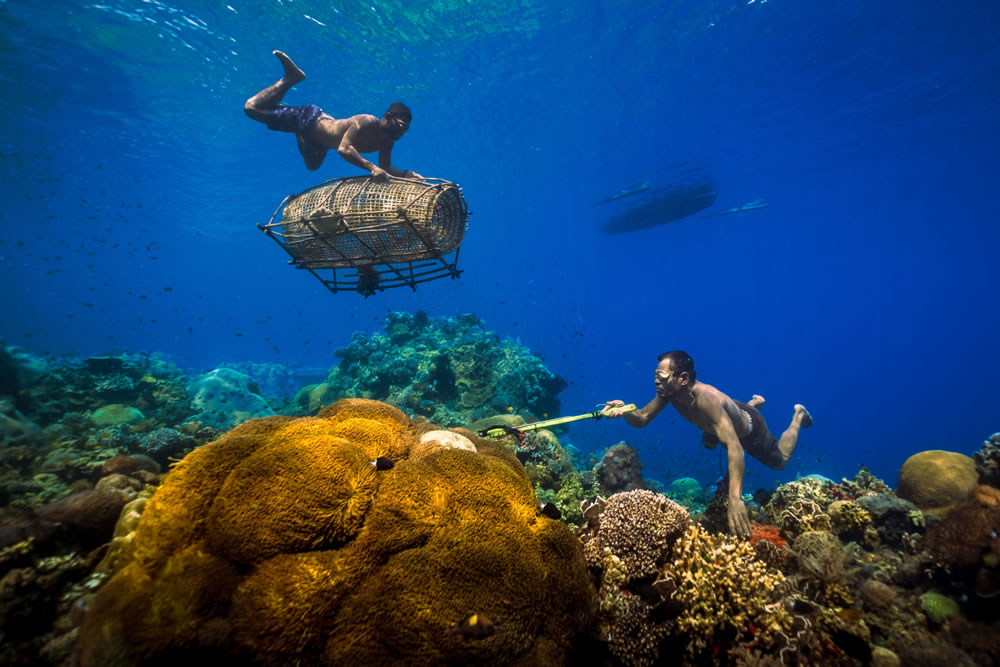
#11. Finalist: Harvesting Rice In Flood Water, Muhammad Amdad Hossain | Sunamganj, Bangladesh
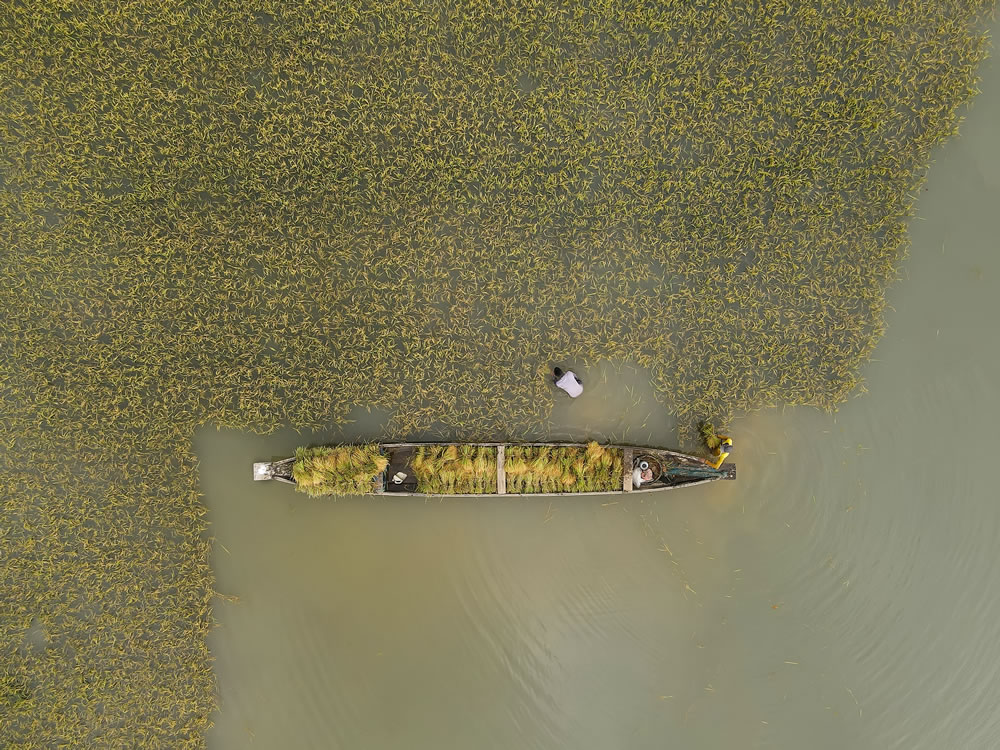
#12. Finalist: Meio A Meio (Half To Half), Denis Ferreira Netto | Matinhos, Brasil
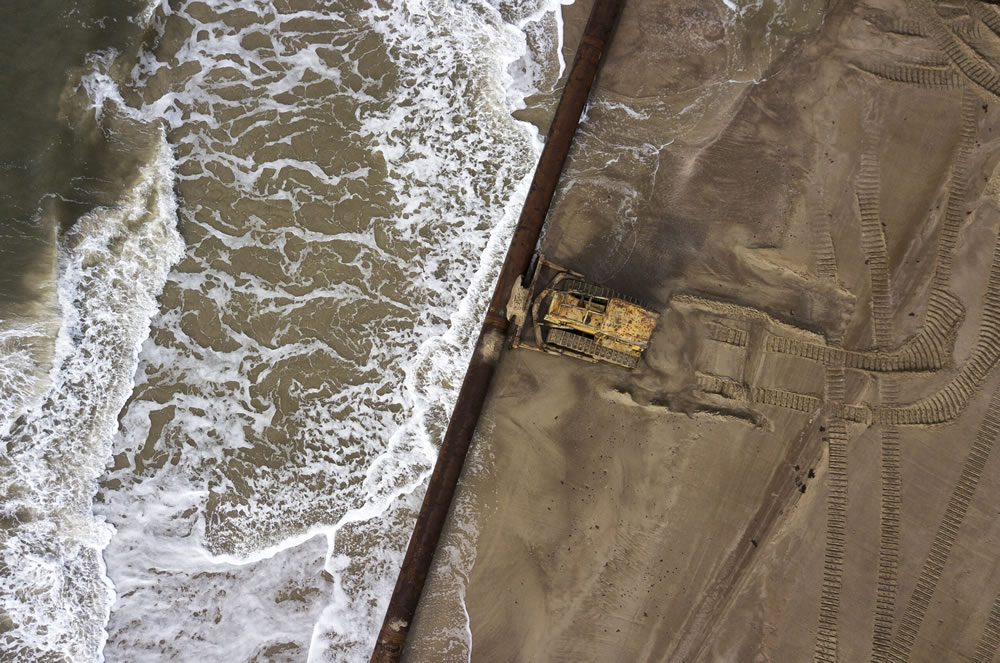
#13. Finalist: Paddling In The Mud, Andre Arruda | Rio de Janeiro, Brasil
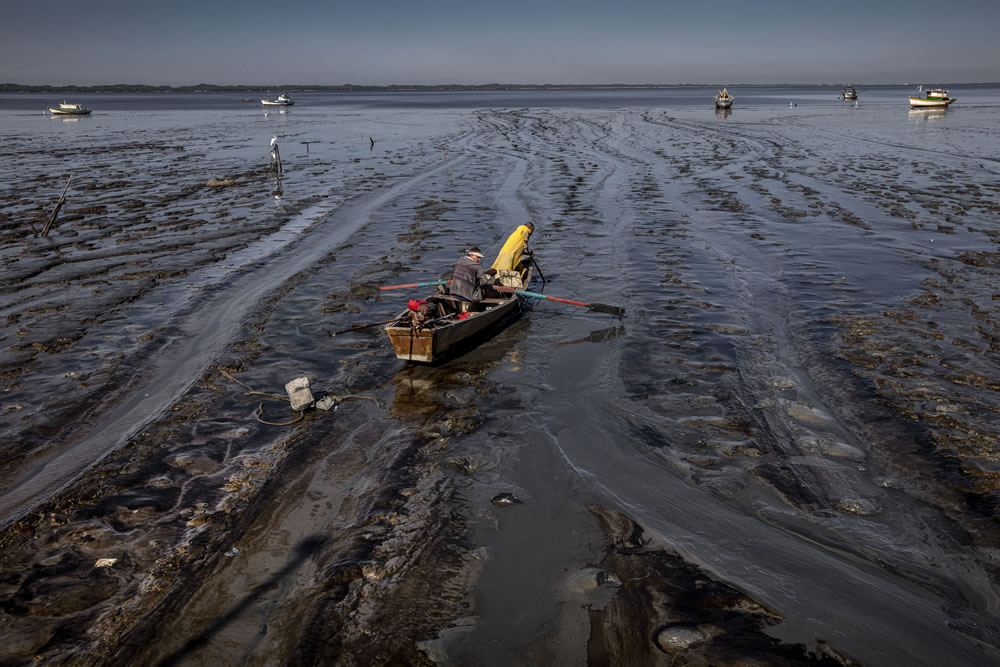
#14. Finalist: Pink Planet, Fayz Khan | Kenya
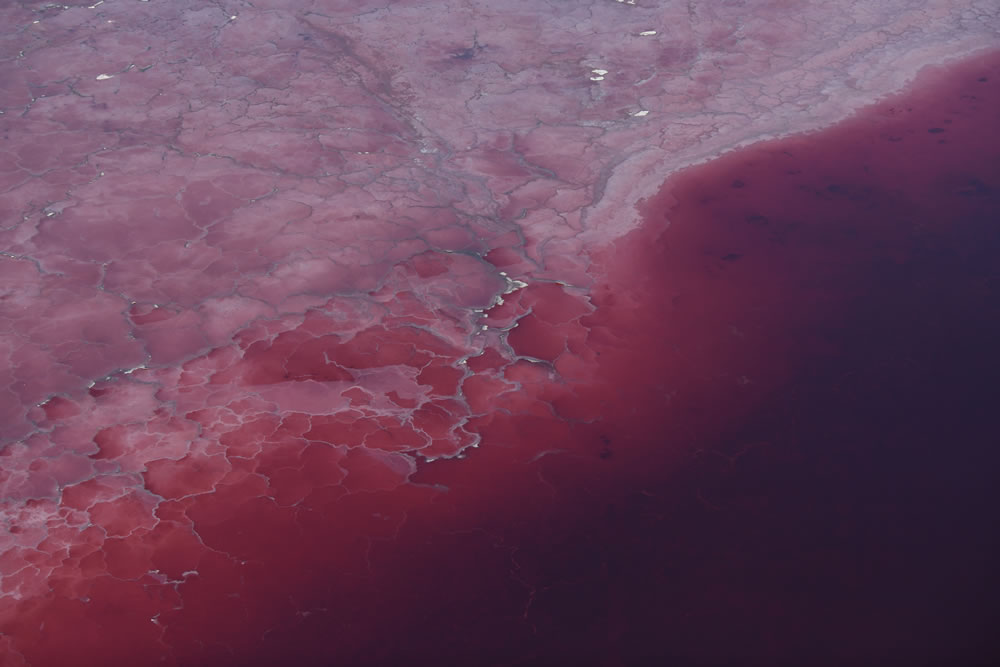
#15. Finalist: Quick Assistance, Adrián Irago | Moreiras, Spain
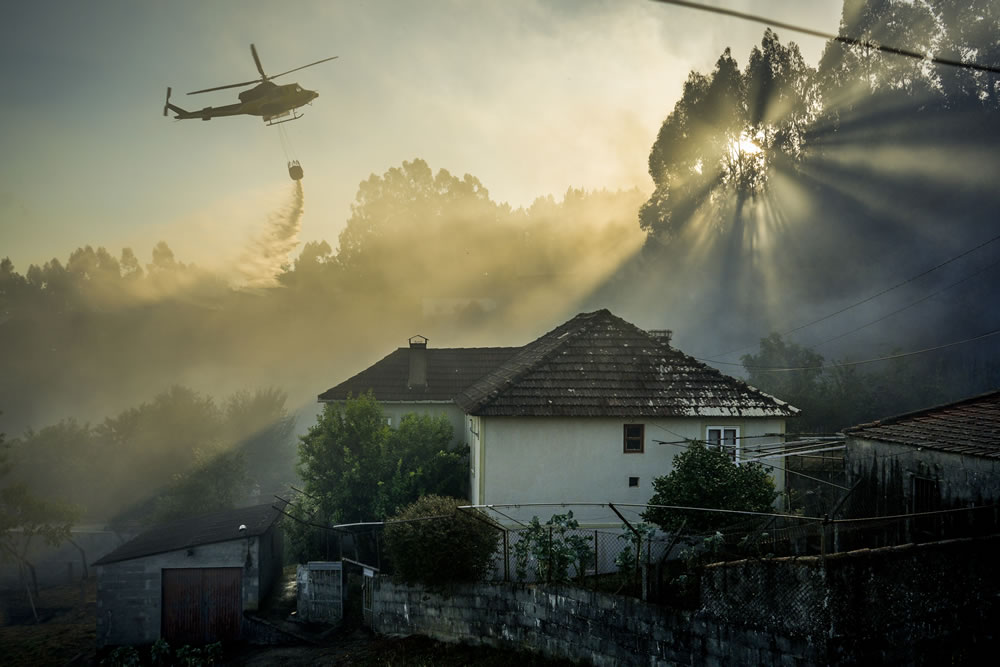
#16. Finalist: Red Dog Mine, Mustafah Abdulaziz | Arctic Circle near Kotzebue, Alaska, USA
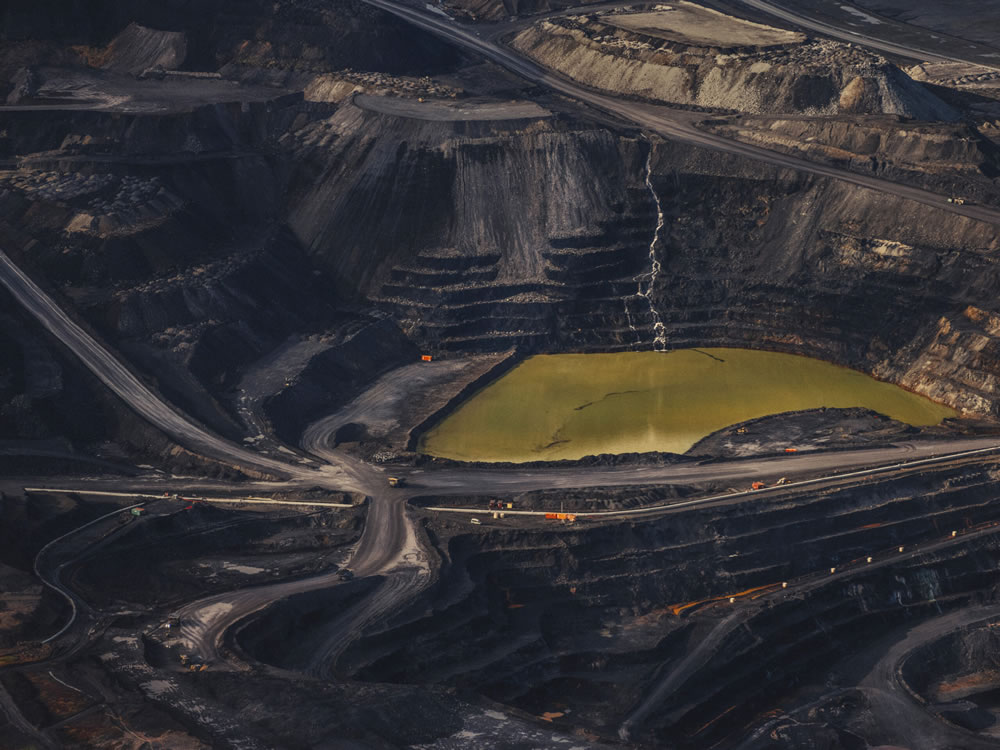
#17. Finalist: Slow Violence, Fabrizio Maffei | Rome, Italy
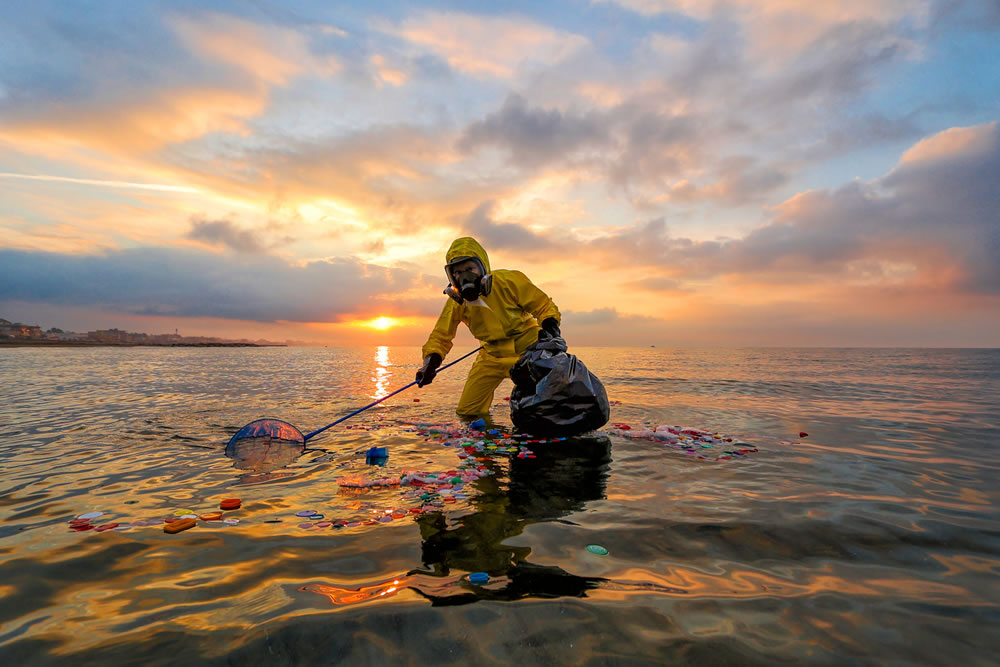
#18. Finalist: Trabalho Dourado (Hard Work), Denis Ferreira Netto | Matinhos, Brasil
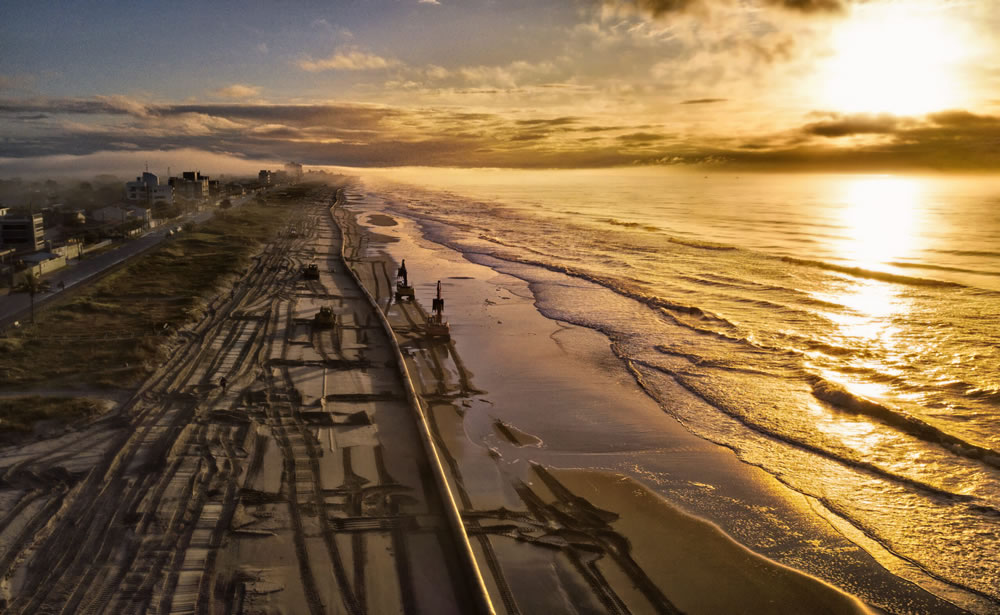
#19. Finalist: Walking Through The Storm, Peter Ndung’u | Amboseli, Kenya
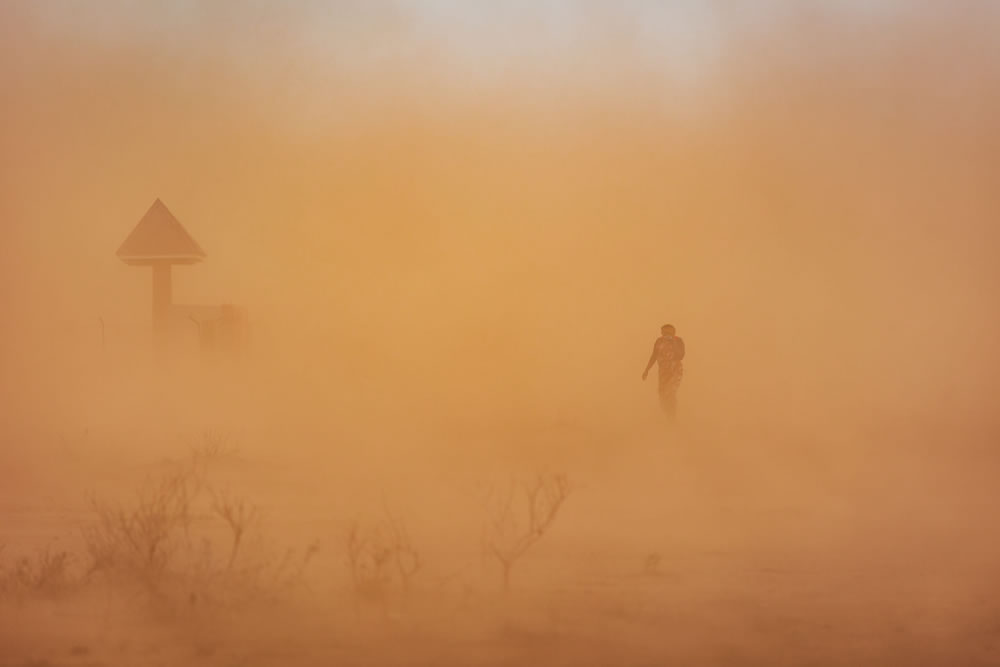
#20. Finalist: Work In The Red Dust Of A Brick Kiln, Kamol Das | Chittagong, Bangladesh
